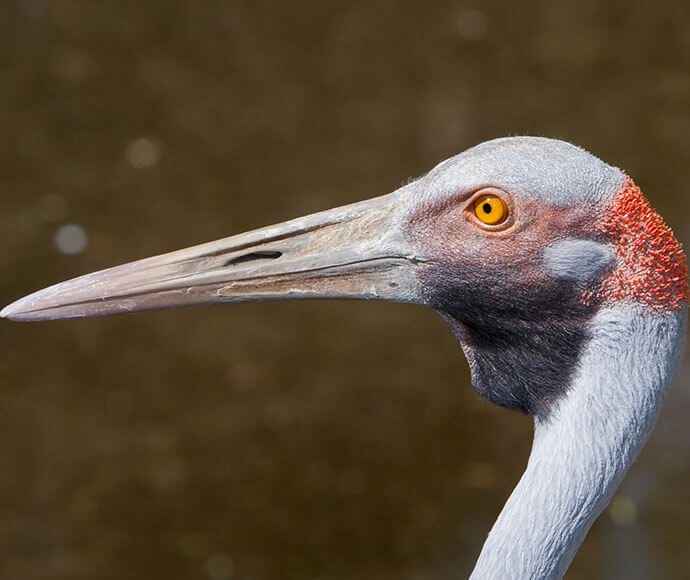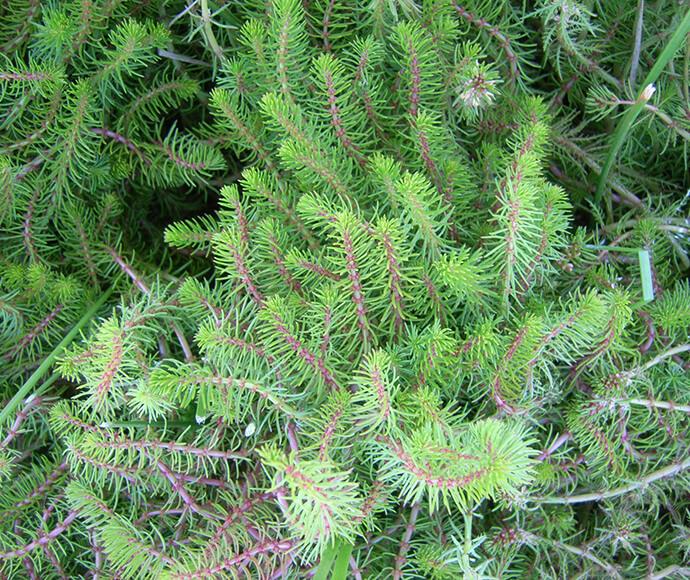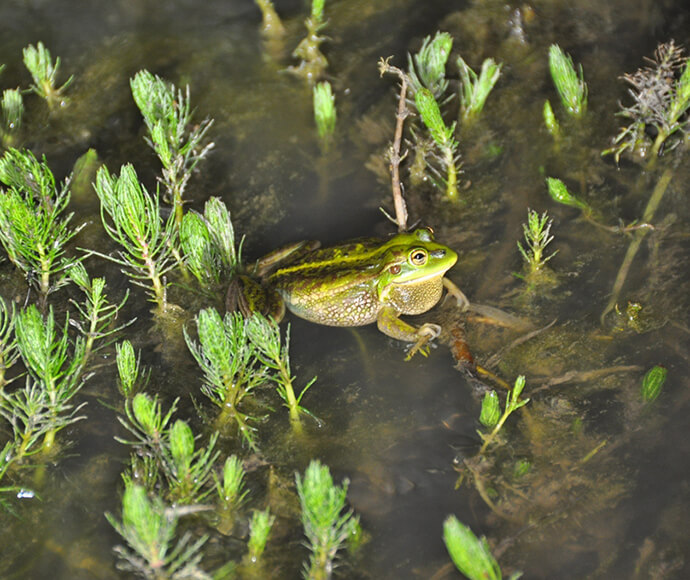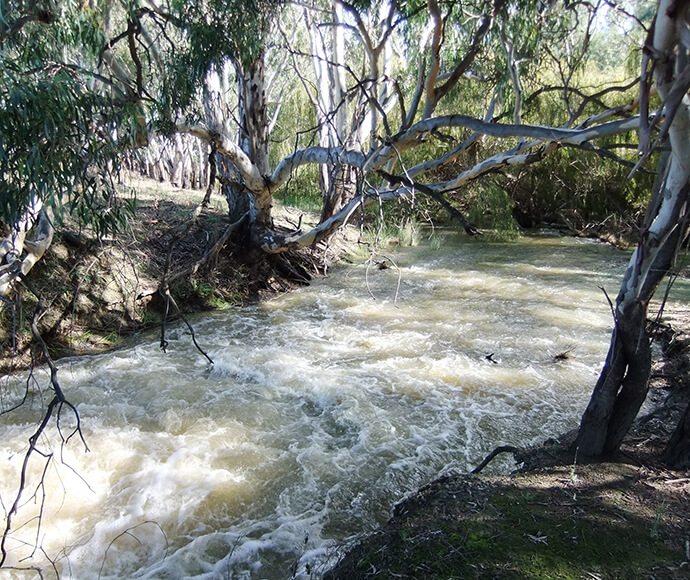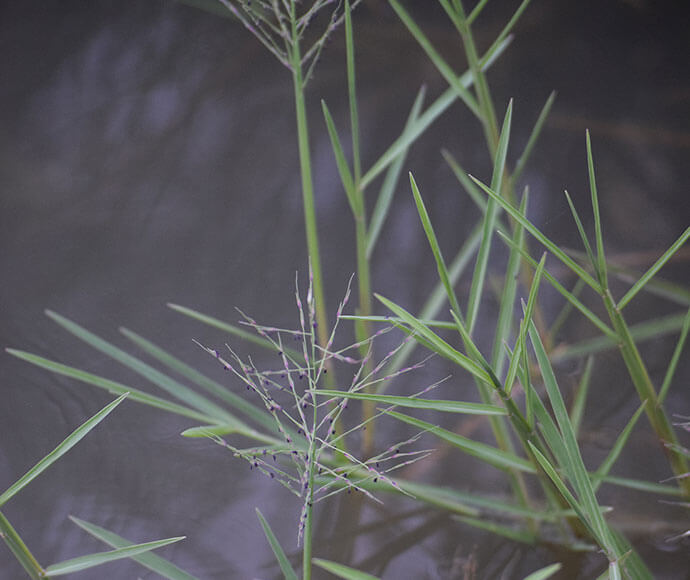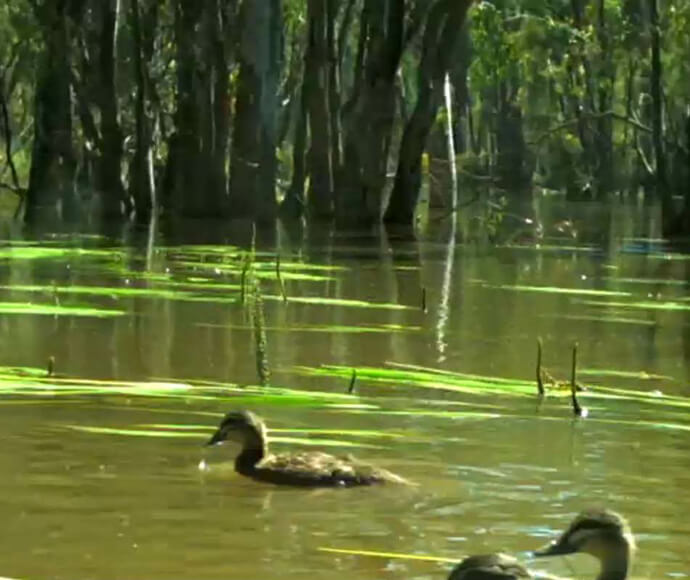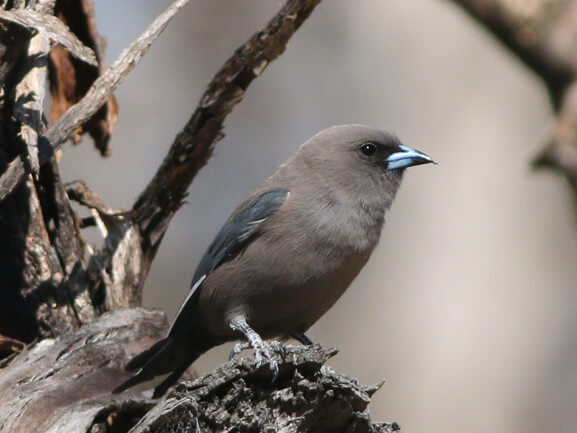The 'Private Property Wetlands Watering Project' sees Department of Climate Change, Energy, the Environment and Water (the Department) staff work with landholders to identify suitable wetlands and deliver water for the environment when and where it’s needed.
The voluntary program focuses on improving the health of private wetlands and ephemeral creeks that have become isolated from natural flooding and no longer receive adequate water.
The project was initiated by the Murray–Darling Wetlands Working Group in 2001 and is now managed by the Department. Since that time, more than 65,000 megalitres of water for the environment has been delivered to over 200 wetlands and 280 kilometres of ephemeral creeks throughout the Murray Valley.
The sites watered vary in size from 5 to 300 hectares and include black box depressions, lignum swamps and river red gum floodplains.
By pumping or using irrigation systems and private on-farm irrigation infrastructure, water for the environment is diverted to wetlands and creeks with the assistance of landholders who help manage the flows.
Positive outcomes from the private wetland watering project
The Private Property Wetlands Watering Project has produced positive outcomes across the Murray Valley. Some of these outcomes include:
- the development of working partnerships in the community
- improved vegetation condition
- re-emergence of wetland plants
- improved water quality
- providing habitat and breeding opportunities for a variety of wildlife, including endangered species such as the Southern bell frog and the vulnerable brolga.
Some recent examples include 'Restdown', near Caldwell, where water for the environment reinvigorated a 25-hectare black box wetland.
The environmental response has included:
- detection of 5 frog species and evidence of marsh frog breeding
- new growth in the black box
- expansion of areas of milfoil, starfruit, rushes and sedges.
A river red gum floodplain and wetland area in the Deniboota district of the Murray Irrigation area has received multiple watering events over the last 10 years. The wetland response has included:
- successful breeding of waterbirds including grebes and ducks
- improvement in the condition of the vegetation community including increased canopy cover of the river red gums
- detection of 6 frog species including marsh frogs breeding.
At Cockran Creek, near Wakool, deliveries of water for the environment have seen a rise in Southern bell frog numbers.
A similar response at a Murray Downs wetland has led to the return of Southern bell frogs that had not been detected for more than 20 years.
The regeneration of wetland plants over several years has provided suitable habitat for these endangered amphibians to reproduce and repopulate the wetland.
Working with the community
Many of the ephemeral creek initiatives involve multiple landholders working with the Department to deliver water for the environment. The ephemeral Jimaringle, Cockran and Gwynnes creeks system located near Wakool has more than 25 landholders living along the creeks. The Department, and the former Office of Environment and Heritage, has worked alongside this community for 6 years to improve the health of the system. During this time several watering events have been undertaken. The highlights from this ongoing project include significant improvements in water quality and the return of the Southern bell frog.
In each instance, landholders have played a critical role in ensuring environmental flows reach their intended destination as and when they are needed.
If you have a wetland or ephemeral creek on your property, you may be eligible to take part in the Private Property Wetland Watering Project. Contact the Department to find out more: 02 6022 0617.
